A Journey To Okinawa’s North, Yanbaru

Okinawa’s northern area, Yanbaru, differs from the south as its vast nature is still a subtropical forest with mountains reaching 500 m above sea level. Join us in our exploration of this fascinating area!
If a friend invites you for a road trip to the northern area of Okinawa on a warm day with spotted clouds, you’d be crazy not to go. So I tagged along with three others: Shoko, Eriko and Per. The convenience and economy of road trips allow you to reach corners of mainland Okinawa, especially the northern part which is known as Yanbaru (literally “mountains and fields”).
The Road to the North in Okinawa
I had heard so much about Yanbaru and the elusive Yanbaru Kuina – a flightless bird endemic to Okinawa which is endangered due to mongoose and cats introduced as predators. So this was a chance to see both. We all met at Asahibashi station, one of Naha’s 15 monorail stations. Eriko, from Hiroshima, rented a car through Tabirai, an English friendly website that’s quick and easy to use and a great way to compare prices of rental companies.
Modern day Swedish viking, Per, who stands at 192 cm, sat at the back wishing we had rented a larger car. Since we were coming from the capital Naha, we entered the Okinawa Expressway – links the south and north – at Naha IC (Interchange). But if you’re coming from the airport, you would enter Nishihara JCT. Depending on whether you have a regular or light car, it’ll cost 1,020 yen and 840 yen respectively from start to finish. It will take a bit over 2 hours from the airport all the way to the tip of Okinawa Island, Cape Hedo.
“Don’t drive over 80 km unlike some locals,” Shoko said, an Uchinanchu (*1). We exited the expressway at Kyoda IC and followed the well-known Route 58 to Nago, a town of about 61,000 people. Along the way, I told Per not to snooze – he had been studying Japanese all night – or he'd lose out on the west coast view. Shoko explained, “Okinawa’s emerald-green water is dependent on the clouds.” (I guess there’s no need for Photoshopping then I thought to myself).
*1... Uchinanchu - a local word to affectionately refer to an Okinawan.
Sesoko Bridge
Built in 1985, the 762 m long bridge connects the main peninsula to the island with reputable white sand beaches that the one thousand locals are proud of.
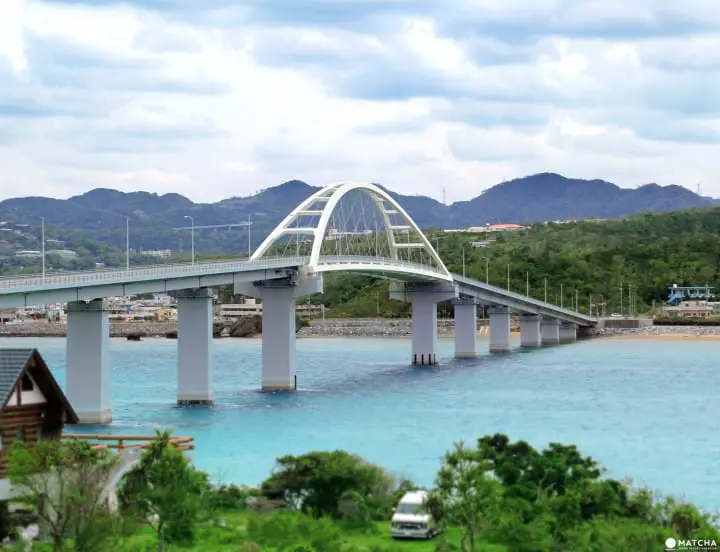
As we drove straight up the gentle slope, the white arched bridge against the cobalt blue sky and the emerald green sea spread out before us, taking our breaths away.

Unfortunately, there were no kuinas lurking around these Hibiscus plants which are the symbol of Okinawa. Not only do these flowers look beautiful on the ears of girls and women, but they're also great as the ingredient for a refreshing tea.
Okinawa Churaumi Aquarium
Shoko explained to us that “Chura” in the local dialect (Uchinaguchi) means “beautiful“ and that “Umi” means “sea“ in Japanese. Located in Motobu, the Churaumi Aquarium is large enough to spend here a whole day but we had other bird plans.
About 740 species and 21,000 marine life call Churaumi home. Check out this article for detailed information or the official website.
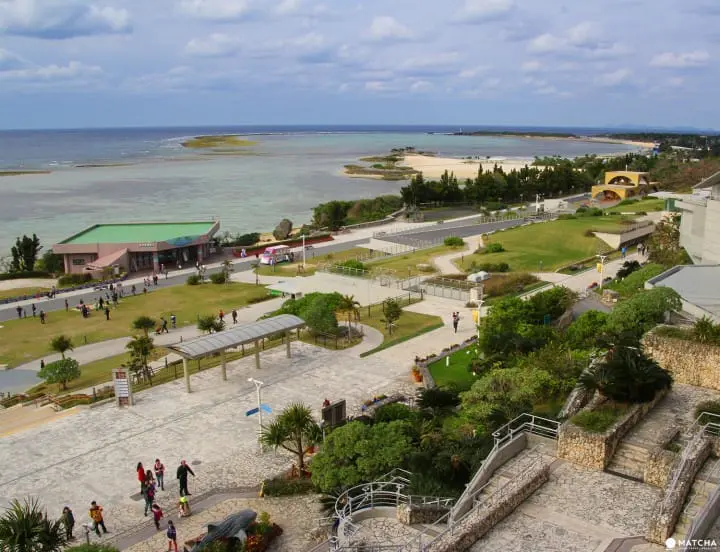
The Okinawa Churaumi Aquarium is located within the Ocean Expo Park and was opened in 2002. The main tank, called the Kuroshio Sea, holds 7.5 million liters (1,981,000 gallons) of water. Whale sharks and manta rays are kept alongside many other fish there. As of July 2010, there have been a total of four manta rays born inside the aquarium.
If you have spare time, wander over to one of the other facilities surrounding Ocean Expo Park: the Manatee Pool, Sea Turtle Pool, and the Okichan Theater, where you can see dolphins show off their acrobatic skills. By having your hand stamped at the entrance or exit, you will be able to re-enter the Aquarium.
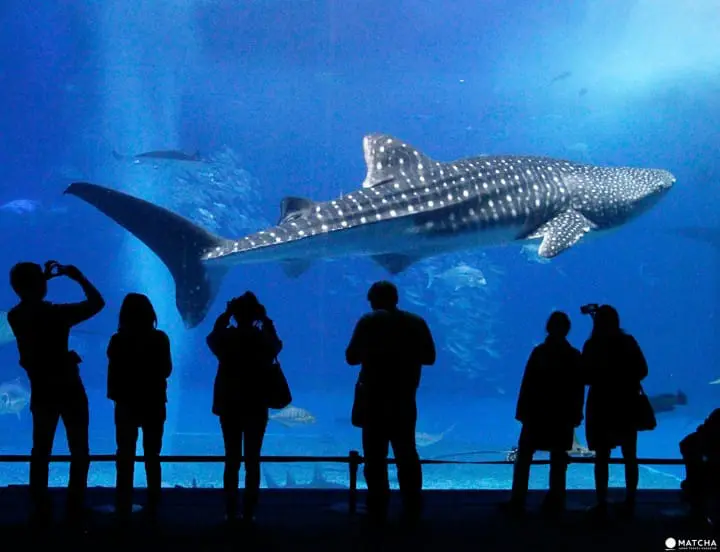
Standing next to the main tank, Kuroshio Sea, only then could the four of us truly fathom the beauty and enormity of sea life. With 8.7 m long gracefully swimming whale sharks and reef manta rays as the main attraction, it’s no wonder that 3 million visitors come each year. Since the tank is 10 m deep, 35 m long and 27 m wide, we made sure to view it all angles.
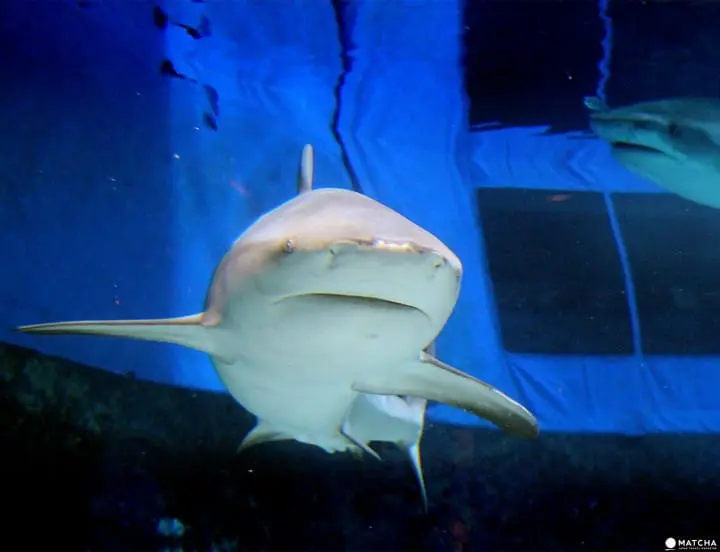
Up close and not too personal with the sharks that are kept in a different aquarium, for behavioral reasons.
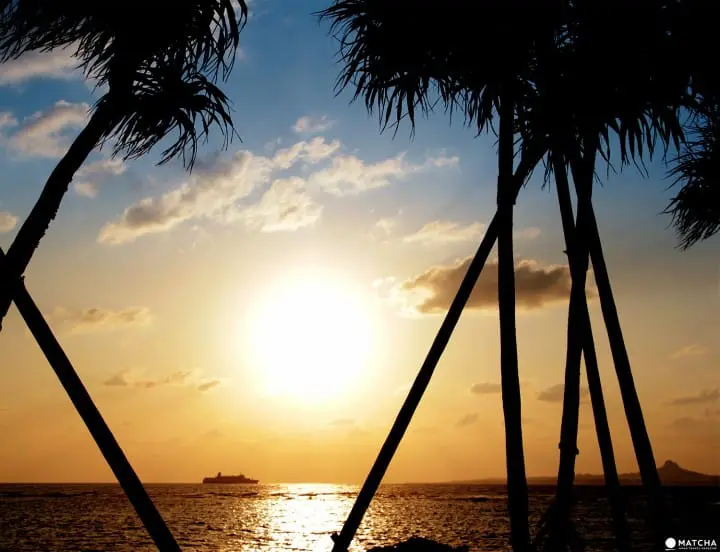
Emerald beach opens from April to October and it's free but snorkeling isn’t allowed.
Extra Information on Churaumi Aquarium
All nine car parking lots are free. Seven restaurants to suit everyone’s needs. Wheelchairs and baby strollers are available for free.
The average times spent at each facility are listed below. Okinawa Churaumi Aquarium: 90 minutes. Tropical Dream Center: 40 minutes. Oceanic Culture Museum: 40 minutes. Dolphin show: 20 minutes. It usually takes half a day to visit every facility in the park.
You May Also Like
Come See the Whale Sharks at the Churaumi Aquarium, Okinawa
Okinawa Churaumi Aquarium - Meet the Sea Turtles and Manatees
Okinawan Food
Eriko suggested to take lunch just after 1 PM. You can grab these local dishes for less than 700 yen at many local restaurants along the way.
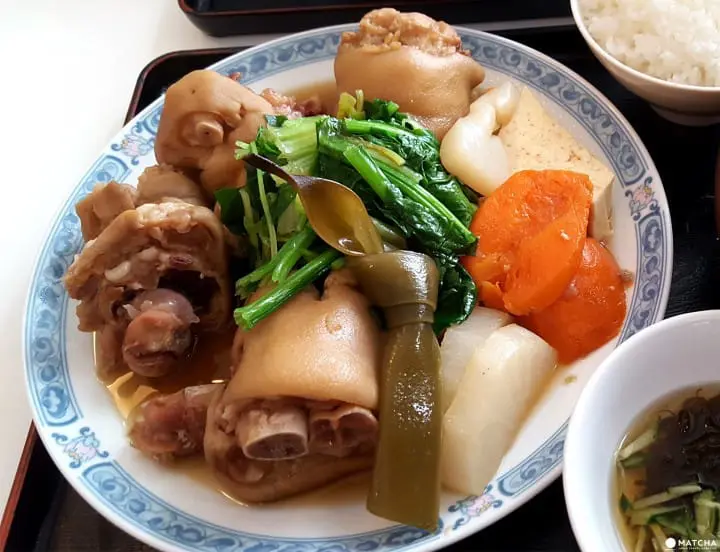
Pig feet (tebichi nitsuke) is popular in China, Taiwan and the former Ryukyu Kingdom that once included the Amami Islands. The collagen rich cartilage, among others, is sought after.
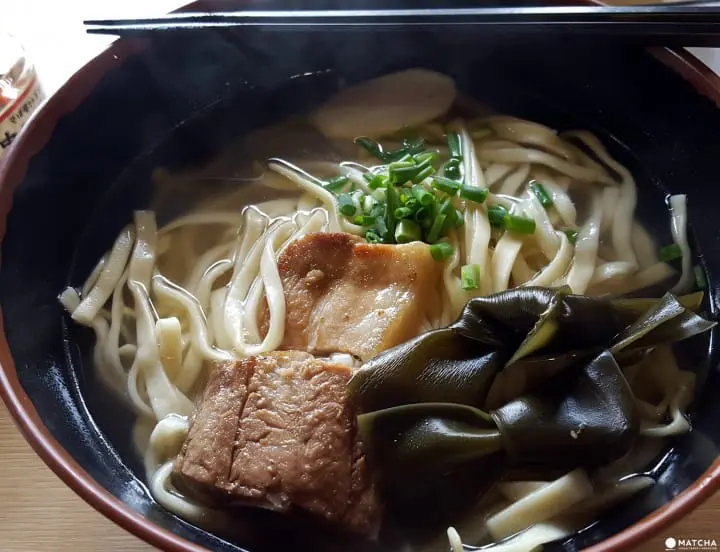
The famous Okinawan soba with pork and konbu seaweed - a great treat!
Kouri Bridge
It was just past 2 PM when Eriko told us to park at the tiny in the parking lor just before the bridge and we walked down the shore. Per got out his phone and we took selfies with the awesome backdrop and uploaded them to his social media.
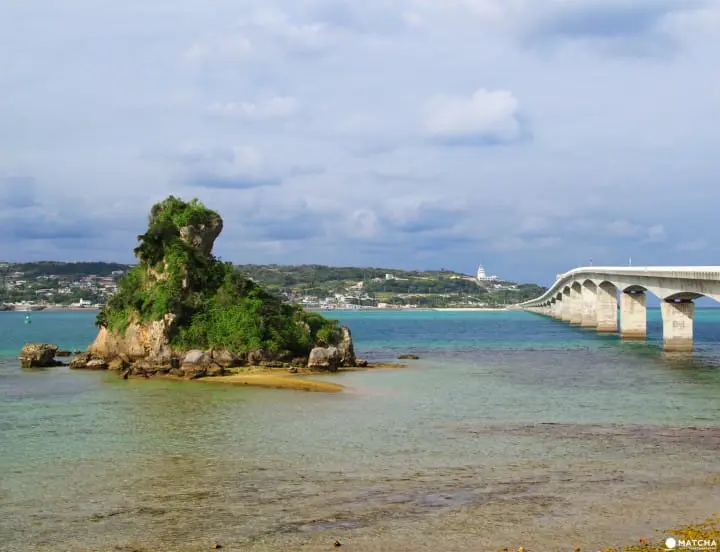
As we entered the 1,960 m long Kouri Bridge at 10 km per hour, we got our eyes – and cameras – ready as the spectacular view slowly revealed itself at each moment. But please don’t drive slower because you risk causing heavy traffic at this 2-lane bridge.
Observing from Kouri Ocean Tower, Japan's longest toll-free bridge that connects Yagaji Island to Kouri Island is nothing short of spectacular.
Rising 82 m above sea level, the white observation tower is the perfect place to see Kouri Bridge and its colorful surroundings. What is also impressive is the automated cart that drove us from the free parking lot to the tower. We all chatted about the places we have been to. There were no signs of kuinas here but the there were signs of friendship.
The admission fee for adults is 800 yen and for elementary school children 300 yen. This area can be accessed from 9 AM to 6 PM and caters to 140 cars.
Yanbaru National Park Daisekirinzan
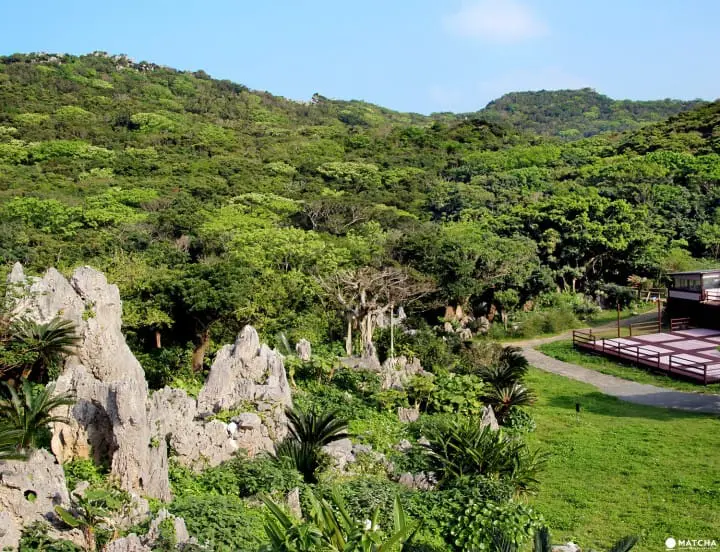
On the way to Yanbaru National Park Daisekirinzan, we entered narrow paths and watched out for Yanbaru kuinas while driving. There are four trails to choose from. The 1000 m trail is called “Wonder of Rocks” and it took us about 35 minutes. We talked about our reasons for coming to Okinawa while looking out for the bird and strolling through the world’s northernmost tropical karst formed by limestones 200 million years ago.
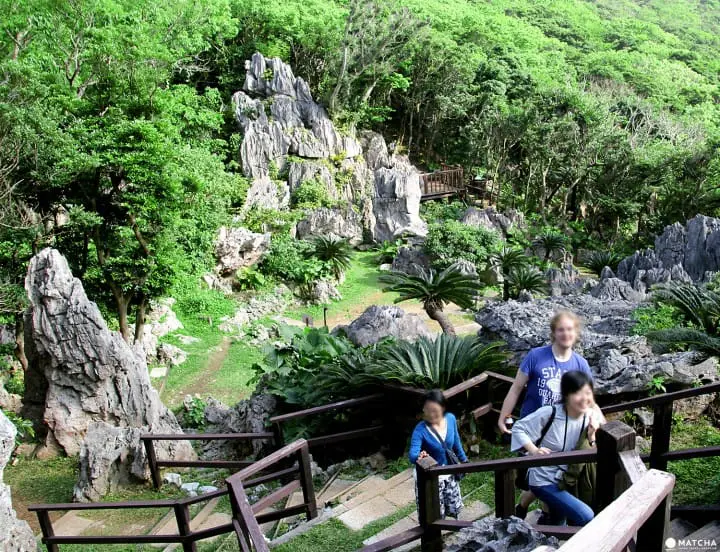
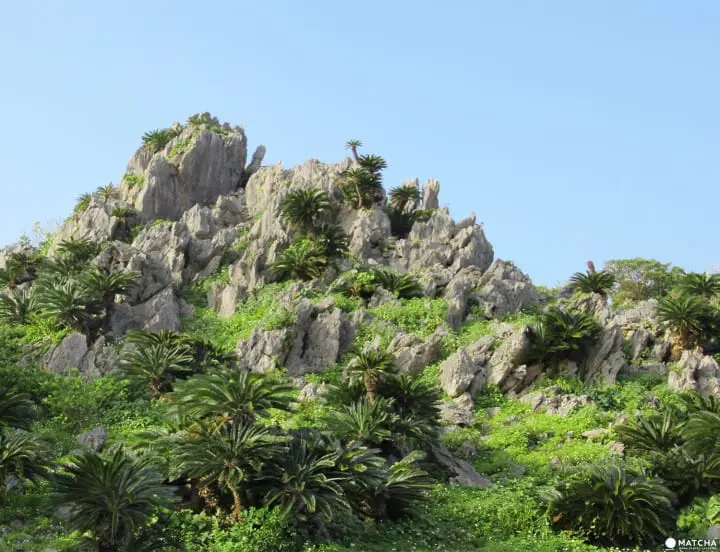
Sixty thousand cycadas colonize this area of the park and can be seen on the Subtropical Forest Trail.
The 700 m trail is called Churaumi Ocean View and it takes about 30 minutes. Here you can exercise your neck side-to-side as you awe at the panoramic view of the ocean and Cape Hedo. You'll be walking through power spots. In sacred places such as around the “Reincarnation Rock”, I recommend walking through three times for good luck.
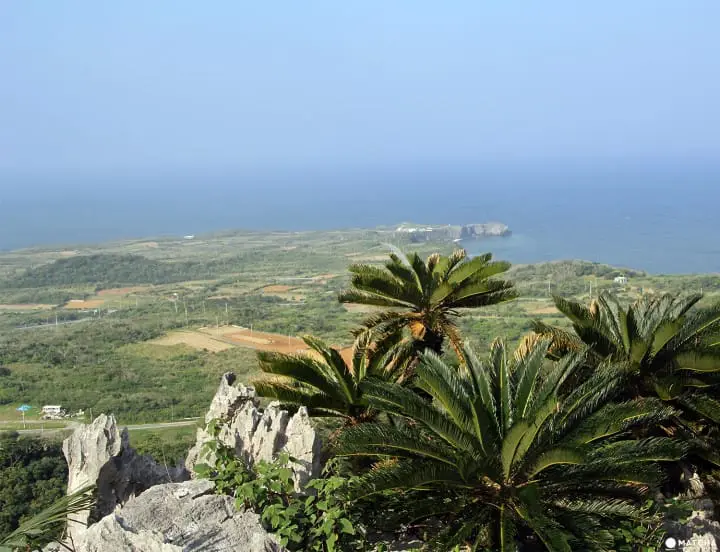
From this point you can see Cape Hedo, Okinawa Island's topmost tip.
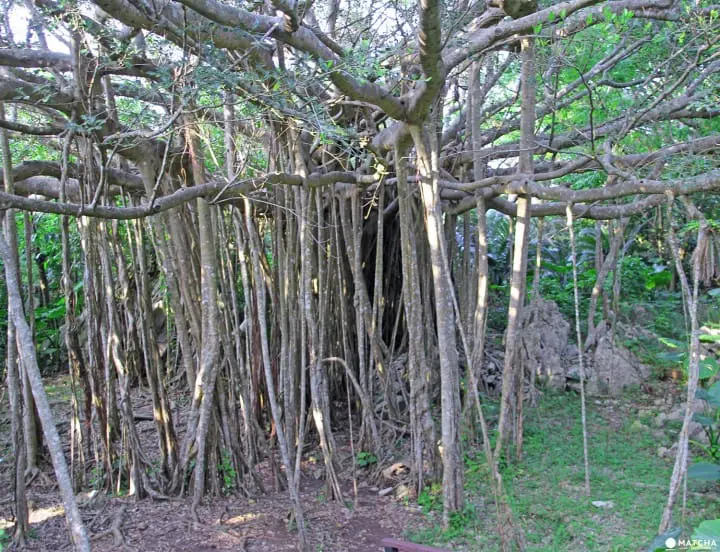
Whether you believe in a forest elf called Kijimuna inhabiting Japan’s largest Chinese banyan tree or not, there is still something enchanting about these roots that look like mini trees.
The third trail is wheelchair-accessible, as the paved wooden blocks are easier to walk on.
We also took the final trail called Subtropical Forest. Walking through the dense subtropical forest, I had my eyes peeled in the hopes of finding the Kuina. Just behind a large rock, we heard a sound of what seemed like a bird’s. So step by step, I crept through the grass crouching like a tiger, hiding like a dragon. Just then, Per called me over in his towering voice to take a photo of him. Instantly, the sound vanished into the air along with my hopes.
Entry is 820 yen for adults and 520 yen for children between 4 and 14 years old. The park is open from 9 AM to 6 PM from April to September with the last entry at 5 PM. Bring suitable shoes and an umbrella or rain jacket as the weather is unpredictable - such is Okinawa.
Cape Hedo
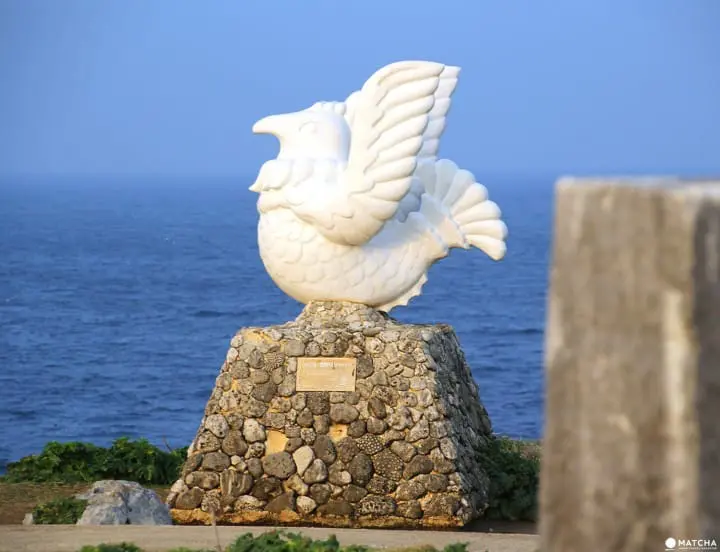
Reaching the tip of Okinawa Island, I thought that this place would be my last chance to find the Kuina. Eriko and Per slowly climbed the jagged rocks on all fours due to the strong wind. Ahead of us were 2 men and women – built like tanks and dressed in shorts, runners and tight shirts revealing their tattoos and speaking loudly in English – who effortlessly reached the peak then down to the sea, disappearing before us.
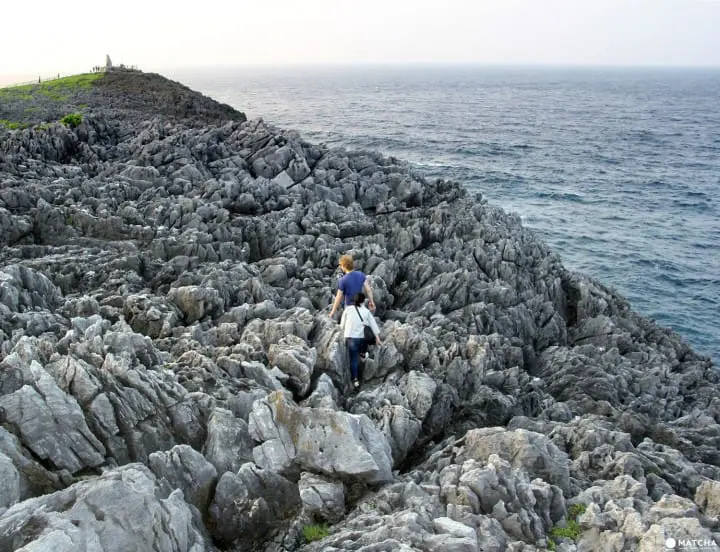
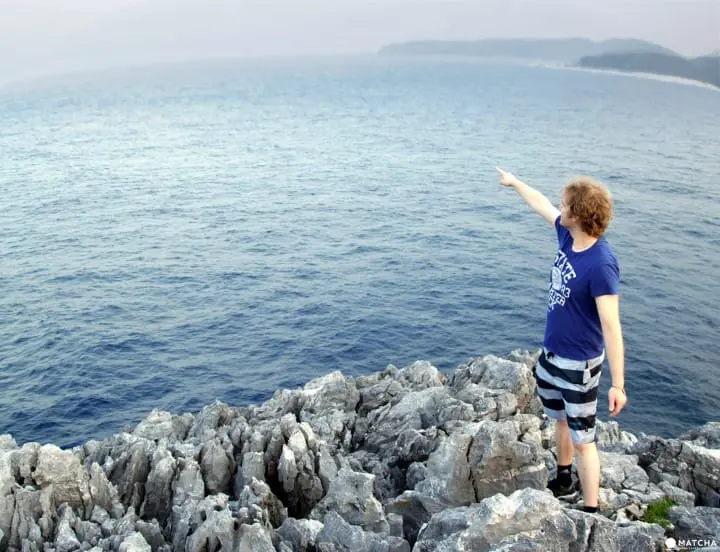
Beyond these waters is Kagoshima prefecture’s Yoron Island.
It was close to 5 PM when we started making our way back to Itoman – south of Naha city – for dinner with Shoko’s uncles who had been fishing and were now in the process of making sashimi. The elusive Yanbaru Kuina had eluded us but during our quest, we did find something just as magical - friendship in an enchanting place. As I sit here typing this story 2000 km away, I can't wait for the four of us to continue our mission of finding the red-billed bird!
In Closing
So there you have it - a short introduction into an otherwise extensive guide to Yanbaru, an enchanting place that offers visitors a unique outlook on Okinawan history and culture. If you have time and luck, how about looking for the Yanbaru Kuina? It is just as endangered as Okinawan language.
Sharing stories of people with people through words and photos.



































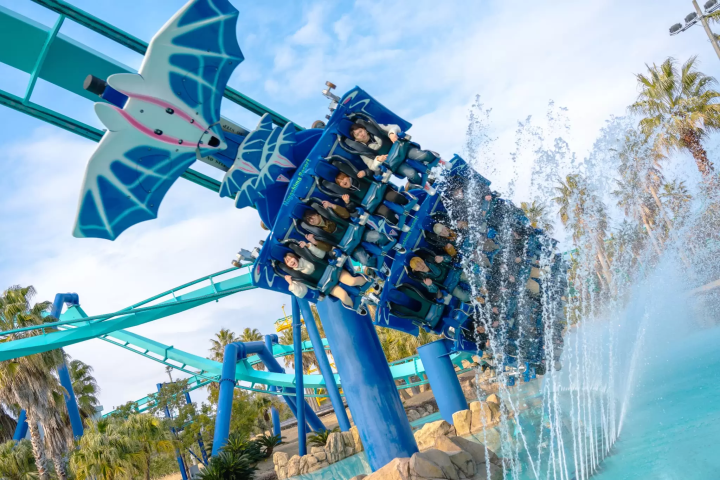
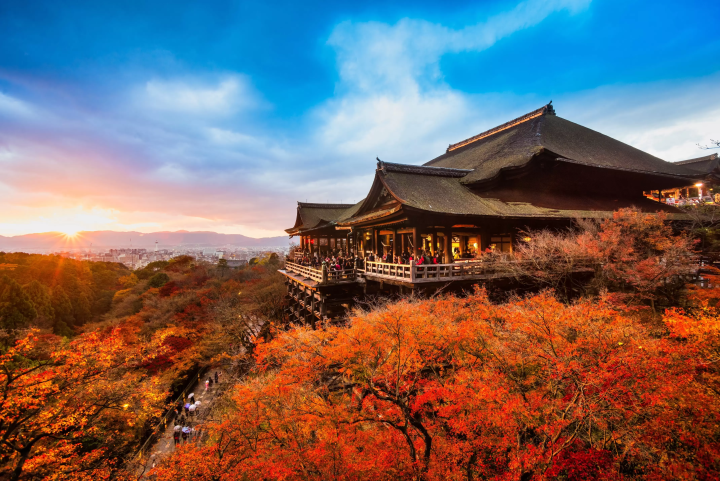
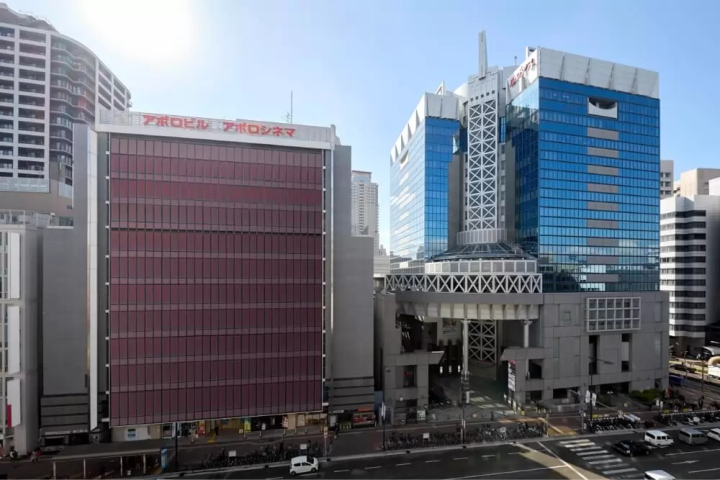
![[Next event confirmed! / Report] “Let’s Eat Tokyo Food”](https://resources.matcha-jp.com/resize/720x2000/2025/12/26-254125.webp)
![[Kanazawa] Enjoy the world of gold leaf to the fullest in the city with the highest production volume in Japan](https://resources.matcha-jp.com/resize/720x2000/2025/11/12-249564.webp)